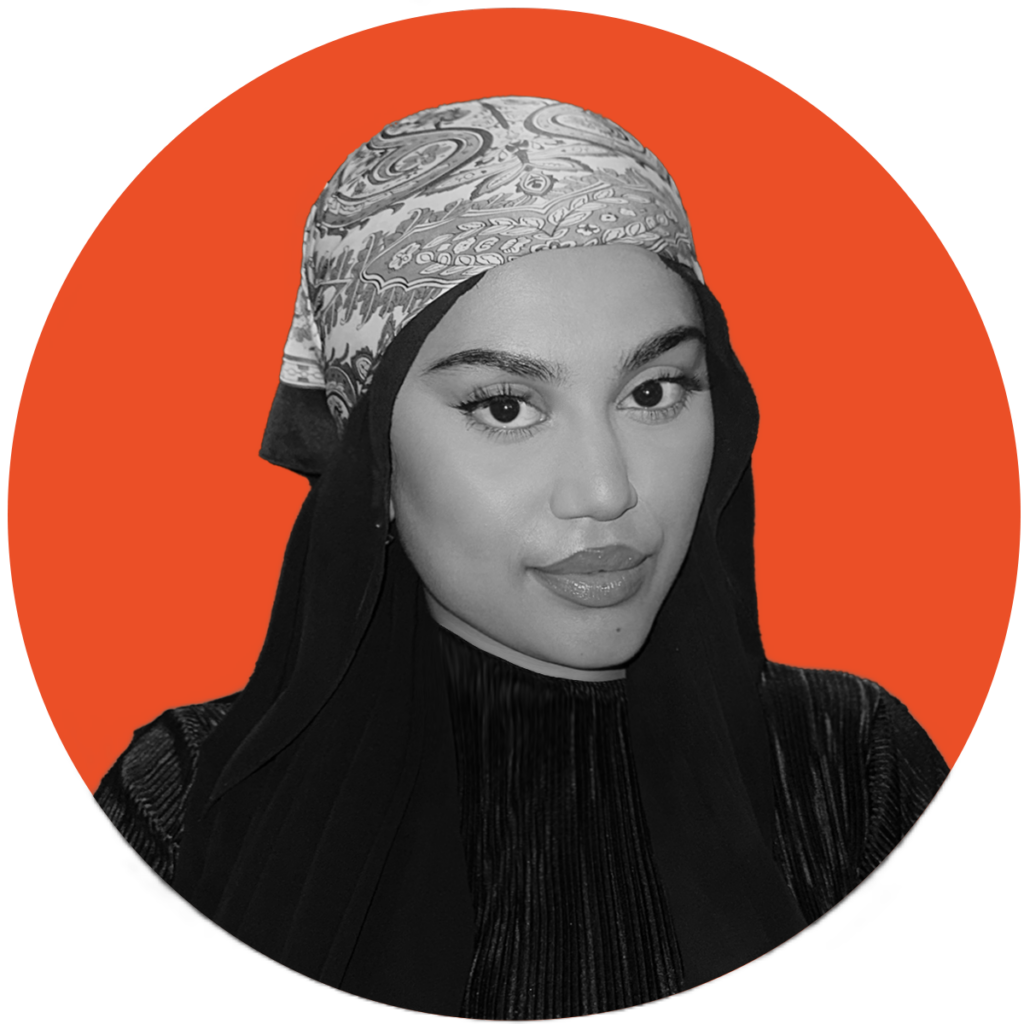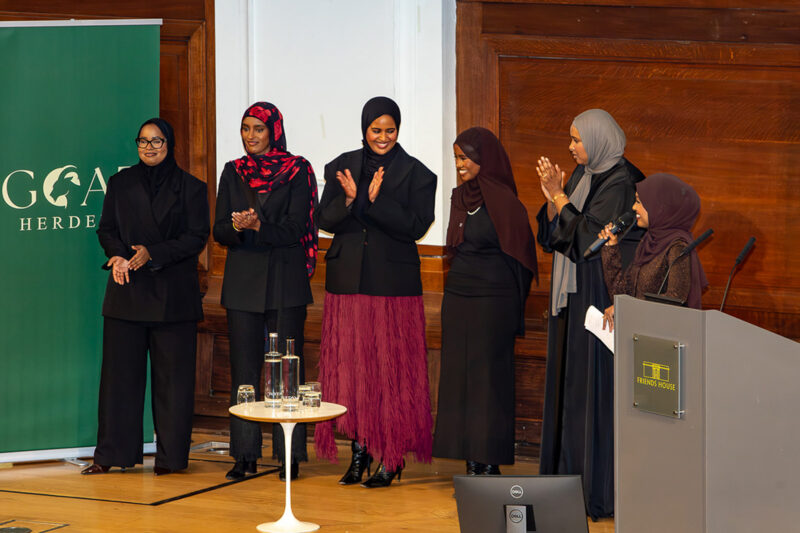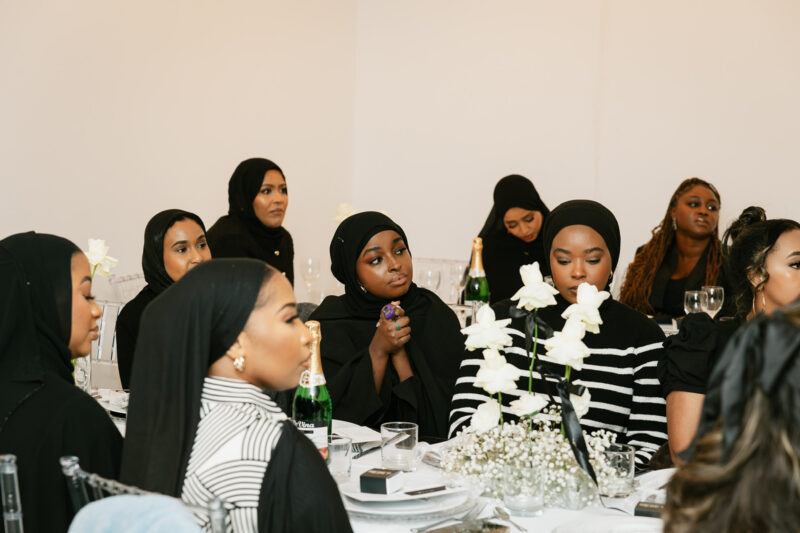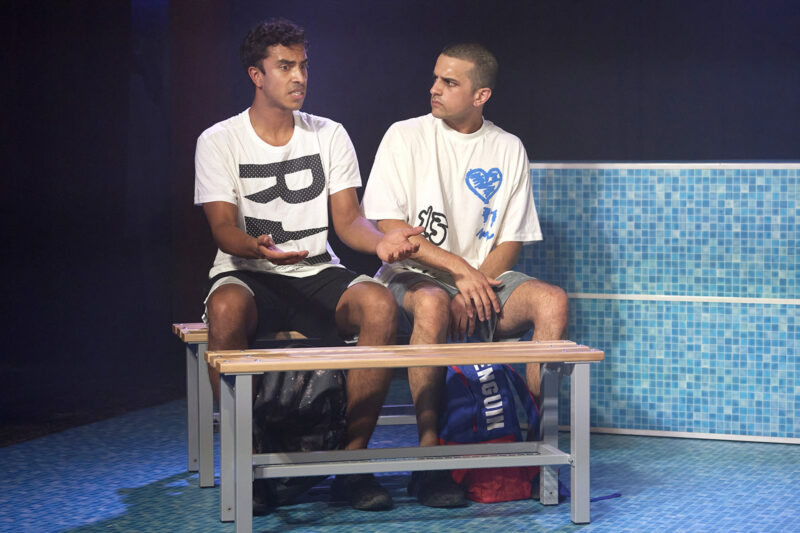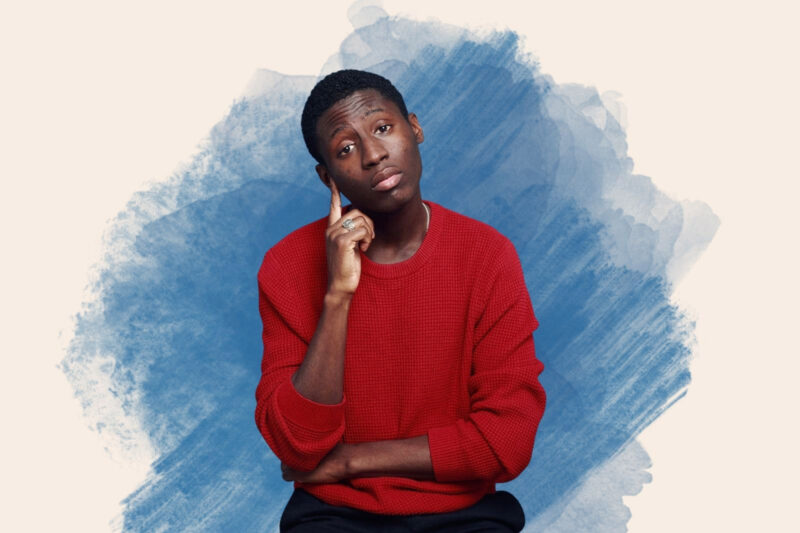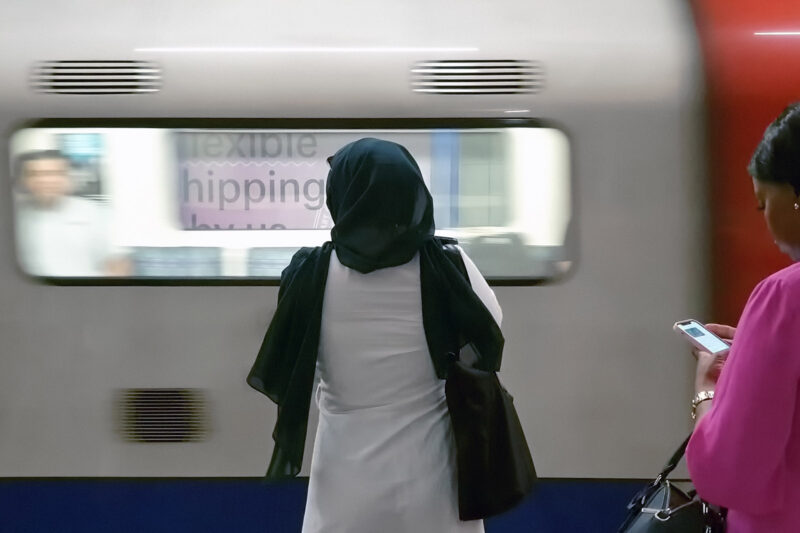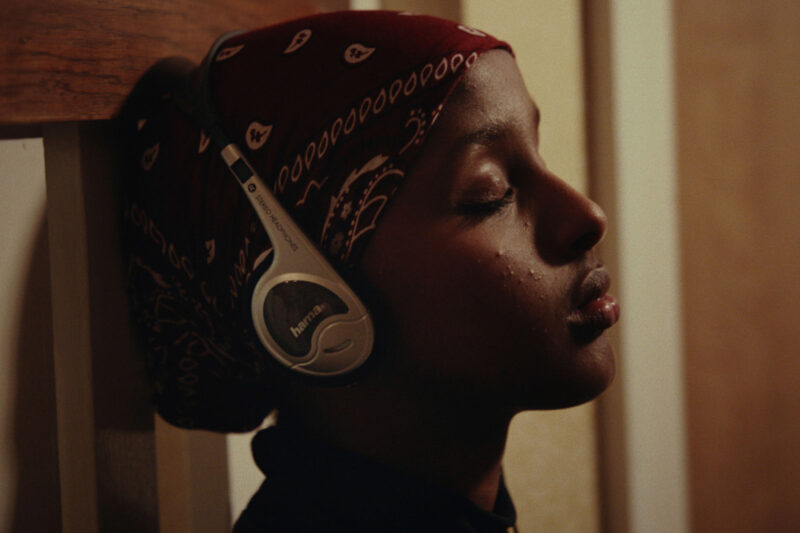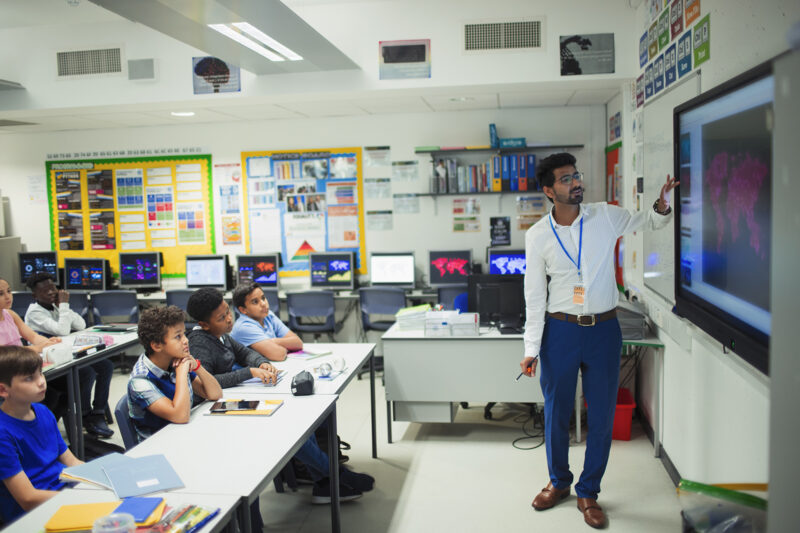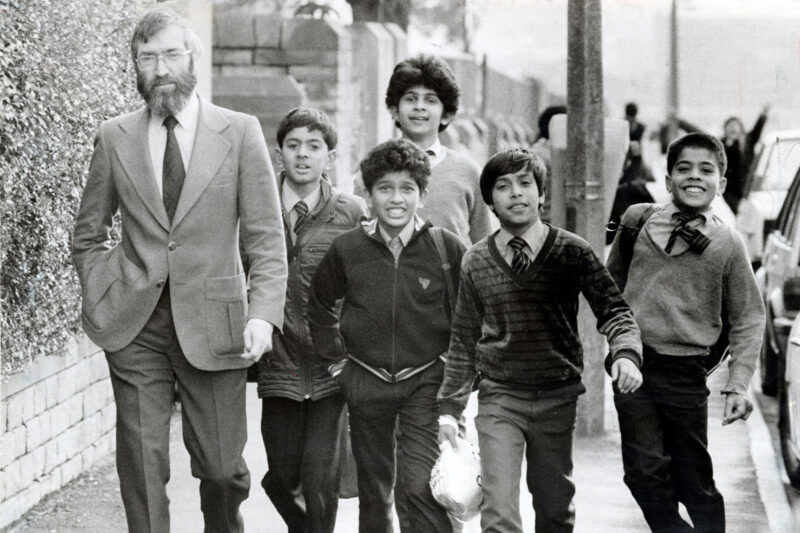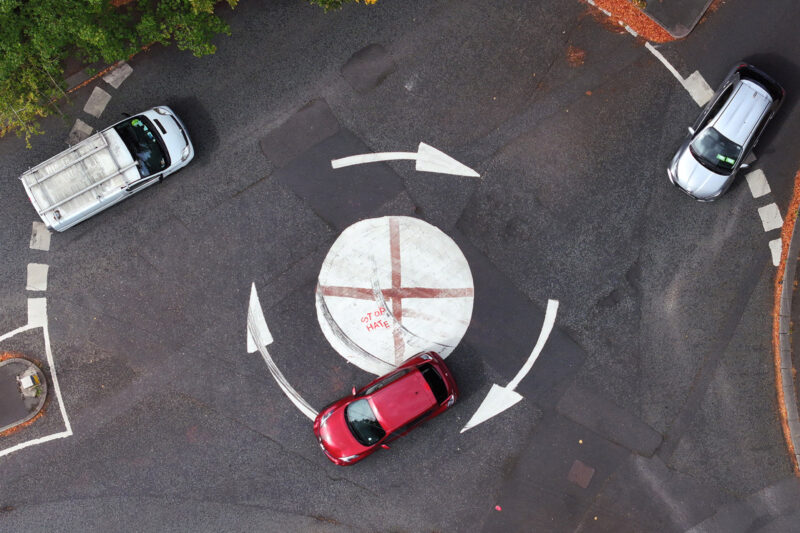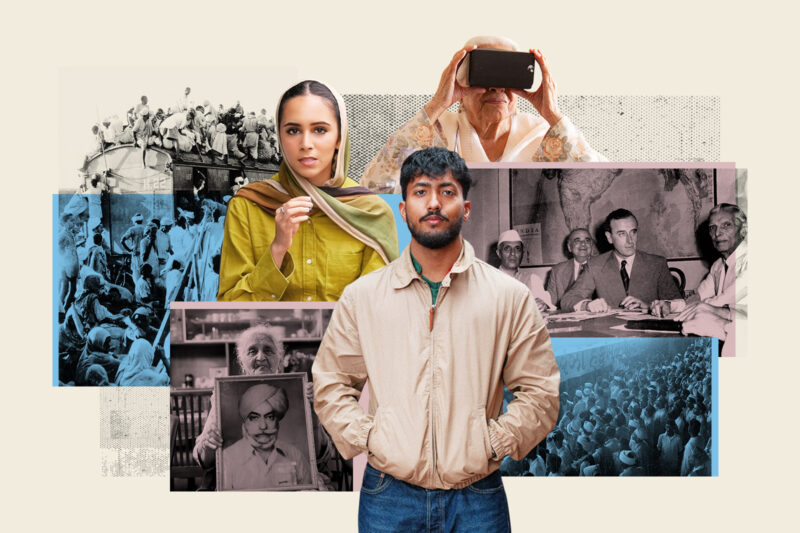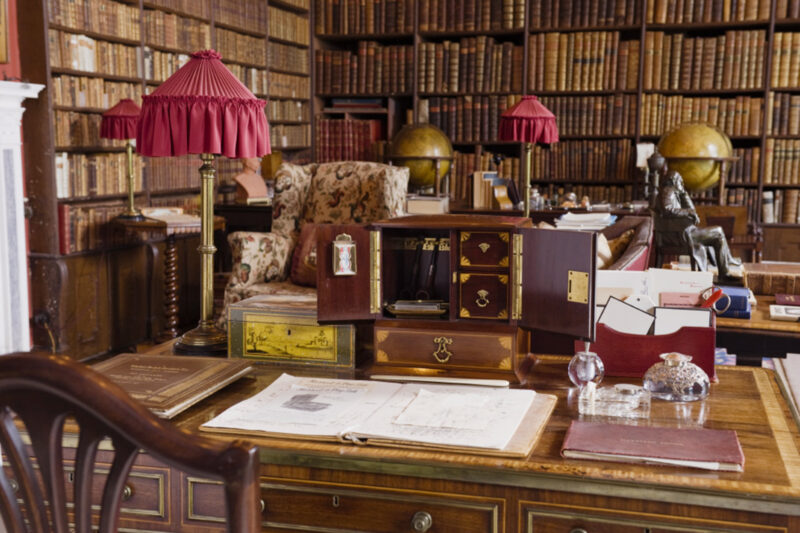‘There are many hidden Muslim gems in London’s history’
AbdulMaalik Tailor, the founder of Muslim History Tours, is on a mission to show everyone an often-ignored side of the UK capital
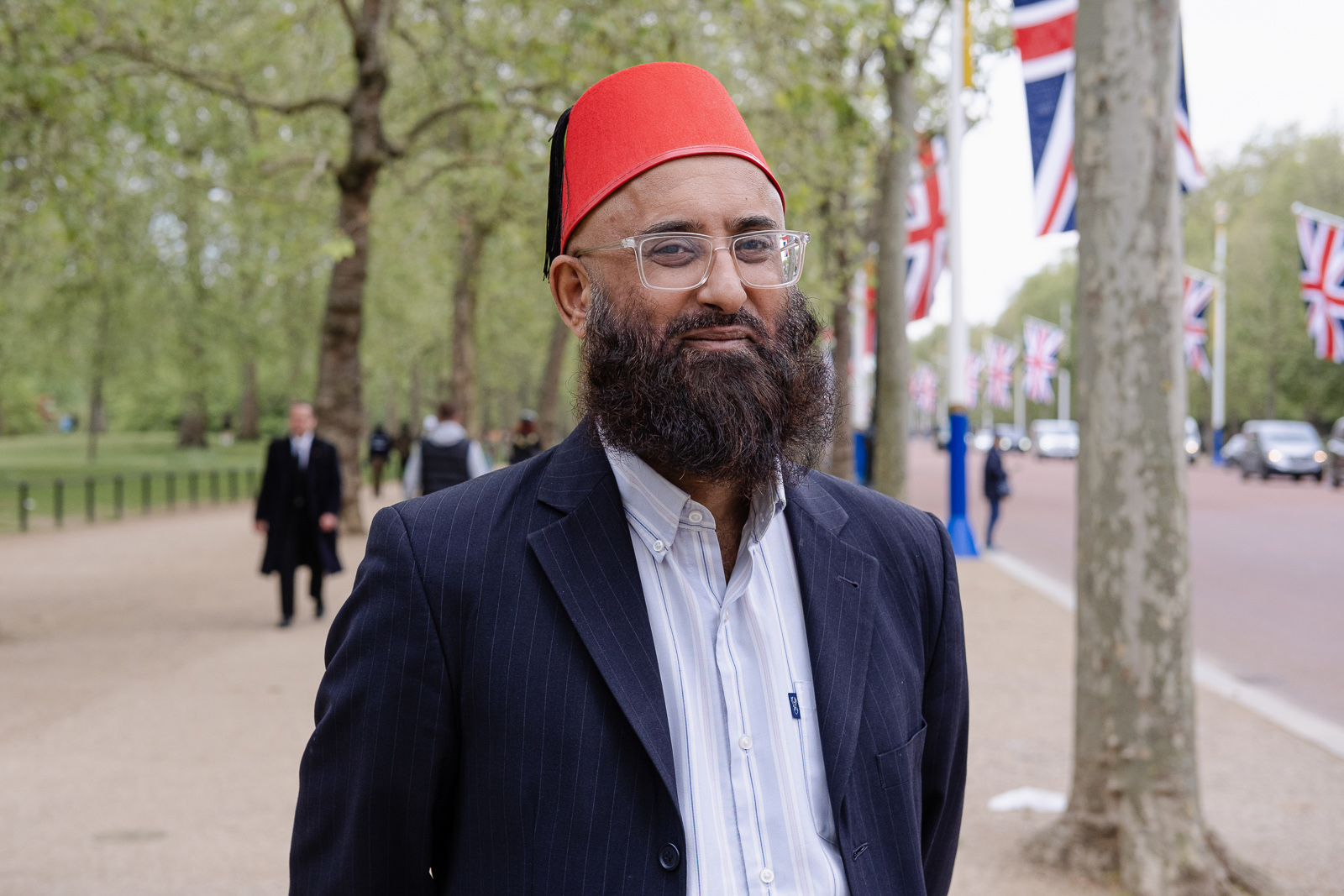
On a warm, sunny Wednesday morning, AbdulMaalik Tailor stood by the fourth plinth in Trafalgar Square, sporting a bright red fez. He was waiting for a group of year 5 children from Loughborough Primary School in Brixton to begin a tour of London as they had never seen it before.
The children arrived with their teachers, excited and carrying backpacks filled with packed lunches. Once they were settled, we huddled at the top of the steps opposite The National Gallery where Tailor began to talk. Trafalgar Square, one of the most instantly recognisable tourist destinations in the world, actually has hidden Muslim origins, he said.
”Did you know the place we are in right now, Trafalgar Square, is actually an Arabic word?” he said, as the class looked around in surprise.
The square is named after Cape Trafalgar, the closest point on the coast of Spain to where Admiral Horatio Nelson won a famous British naval victory in 1805. However, as Tailor explained, the word “Trafalgar” is derived from the Arabic name “Taraf al-Ghar”, meaning “Cape of the Cave”.
The school outing was perfectly timed during the third annual International Muslim History Month. The theme for 2023’s edition is #GetToKnowMuslims, emphasising the many contributions to society made by Muslim communities around the world.
Tailor, who converted to Islam more than 20 years ago, is the founder of Muslim History Tours. Since 2013, his aim has been to uncover and share the hidden Muslim past of London, whether by foot, bus or river cruises on the Thames.
After setting the scene with his lesson in etymology, Tailor walked past the square’s famous fountains and stopped under Nelson’s Column, erected to commemorate the admiral’s victory at Trafalgar.
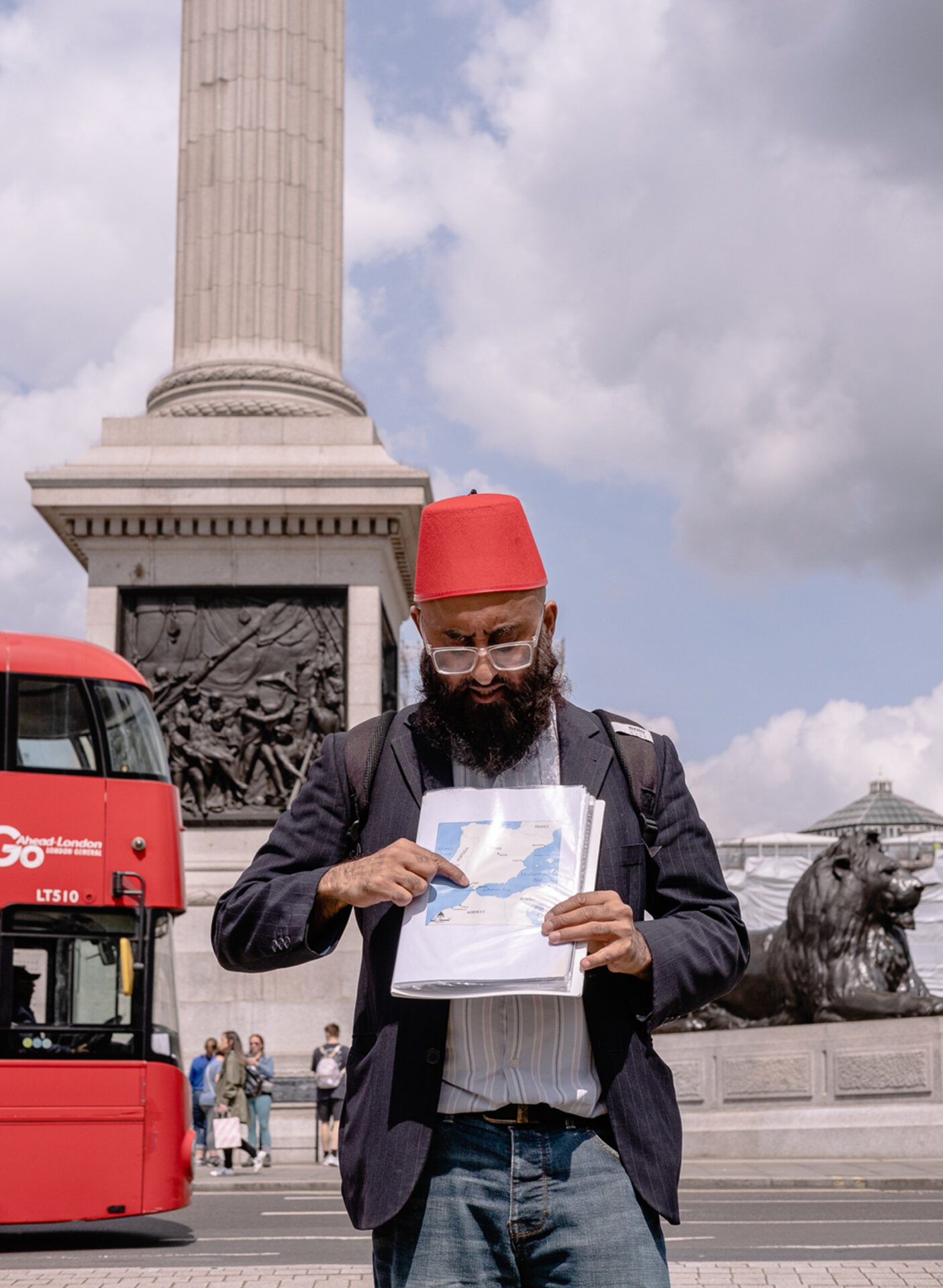
Tailor told the children to look up. “Right at the top of the statue is the Muslim crescent on the medal Nelson is wearing,” he said. Turning to his guide book, he then pointed to a reproduction of an oil painting of Nelson, telling the youngsters to take a closer look at the feather-shaped jewellery adorning his bicorn hat.
“That is called a chelengk,” Tailor explained. “It was gifted to Nelson by Selim III, sultan of the Ottoman empire from 1789 to 1807, in honour of the Battle of The Nile in 1798.”
The ornate decoration, he said, contained over 300 diamonds. “Nelson was the first non-Muslim to receive the chelengk and wore it on his hat like a turban jewel,” he added.
Walking past the Equestrian Statue of Charles I in Charing Cross on our way to Whitehall, I asked Tailor what his favourite London Muslim history site is. “It’s all of it,” he said. “There are so many hidden Muslim gems, but the place I am very fond of is where I found London’s first public Eid prayers were held, which was in Chingford in 1894.
“I managed to successfully convince the authorities there to get a blue plaque to commemorate that bit of history because no one in the borough knew about it.”
We approached the Banqueting House on Whitehall. The magnificent landmark is the only surviving part of the Palace of Whitehall, the main residence of English monarchs from 1530 until 1698. There, Tailor spoke about Abd al-Wahid bin Masoud bin Muhammad al-Annuri, a diplomatic envoy sent from Morocco to London in late 1600, who tried unsuccessfully to convince Queen Elizabeth I to join his nation in an invasion of Spain.
“Does anyone know which character Shakespeare wrote that was based on a Muslim?” Tailor asked the children, who were clearly fascinated by everything they were learning but had no answer.
“Othello?” said one of the teachers, with a hint of hesitation. They needn’t have worried. It is widely believed that Abd al-Wahid was, indeed, the inspiration for the early 17th century play.
Tailor said he believed that it is important to educate both Muslims and non-Muslims about Islamic heritage in Britain.
“As a community, we don’t know our own history,” he said. “It goes back to, are we really as a Muslim community accepting our history here? Muslims need to celebrate their identity and start embracing the heritage, as well as non-Muslims realising the contributions we have made to society, science and tourism.”
The hungry children walked back to the steps of the square, rustling their bags to tuck into their lunch as Tailor wrapped up the tour. “I’m not sure if you all know but you did this tour during International Muslim History Month, so well done,” he said. “There is a lot more Muslim history all across London.”
 Newsletter
Newsletter

